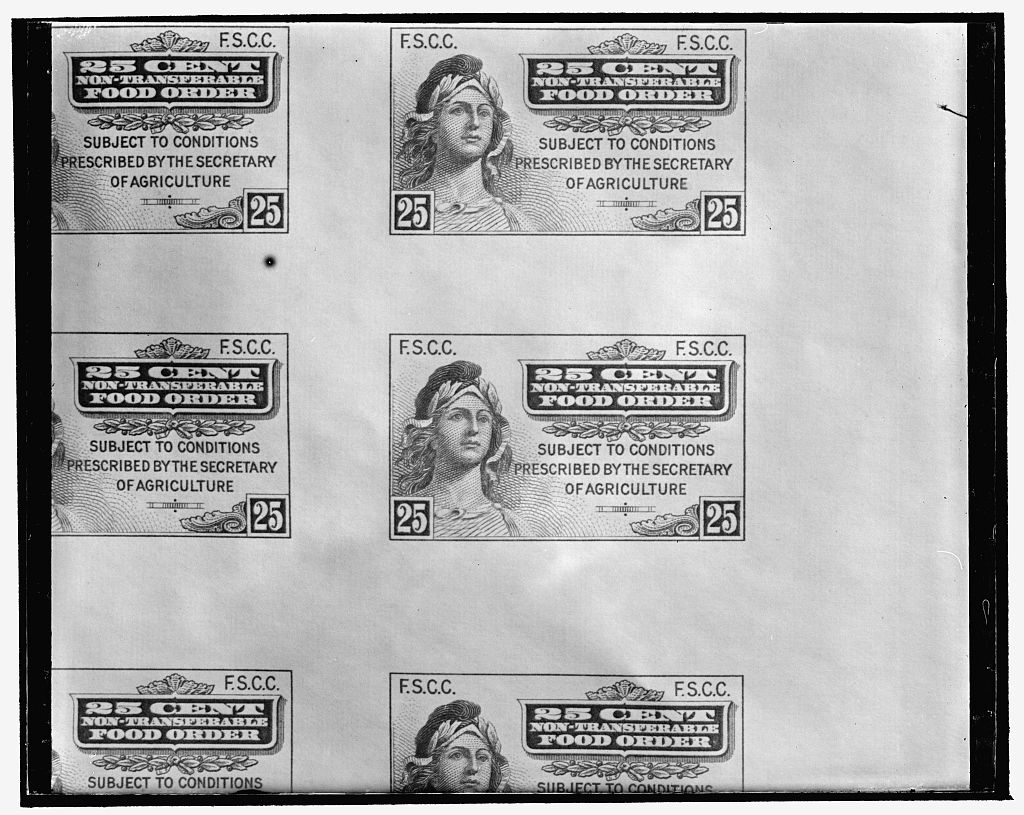In 1939, during the last part of the Great Depression (the Depression), Henry Wallace, Secretary of Agriculture under President Franklin Delano Roosevelt (FDR), created the country’s first food stamp program as a pilot program. Like its predecessor, the Federal Surplus Commodity Program, FDR’s Food Stamp Plan used surplus commodities of farmers to feed households with low income — however, unlike the Surplus Commodity Program, the Food Stamp Plan also benefited food retailers and wholesalers by allowing people to shop for food of their choosing at local grocery stores.
By the following year, counties in Florida began to make the Food Stamp Plan available to struggling households. At that time, 27 percent of Florida’s population was Black, many of whom lived in abject poverty. Yet, despite the disproportionate poverty and hunger experienced by Black households during the Depression, the new program excluded many people of color through the mandate that households purchase their food stamp coupons. To participate, applicants for the program were required to buy orange coupons for $1 to purchase food of their choice and get — free of charge — 50 cents worth of blue coupons that could be exchanged for specified surplus commodities. As a result, people who were unable to afford to buy in to the program — such as many families of color who were paid less than their white neighbors — were excluded from participating despite their greater inability to afford groceries. At the same time, racist policies devised by white officials also deliberately excluded Black families from other assistance programs based on the false pretext that Black people were less in need of aid than their white counterparts because of the availability of jobs picking cotton. Domestic and agricultural workers, many of whom were Black, were even barred from receiving Social Security when it was first created under the Social Security Act of 1935.

Image Source: USDA National Agricultural Library
Image Description: 1940s color poster with a farmer, merchant, and consumer that reads, “Orange and blue food stamps redeemed here. We are helping the farmers of America move surplus foods.”
